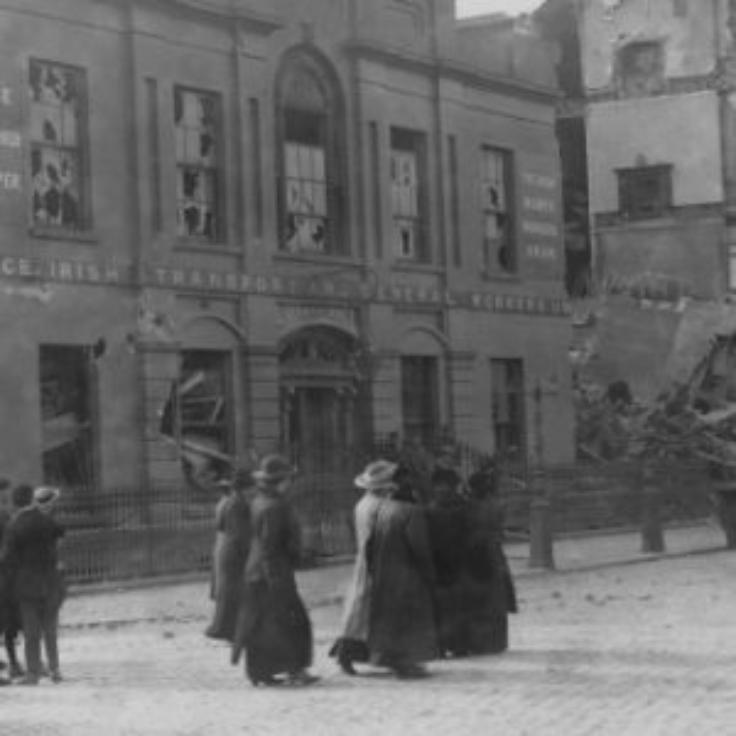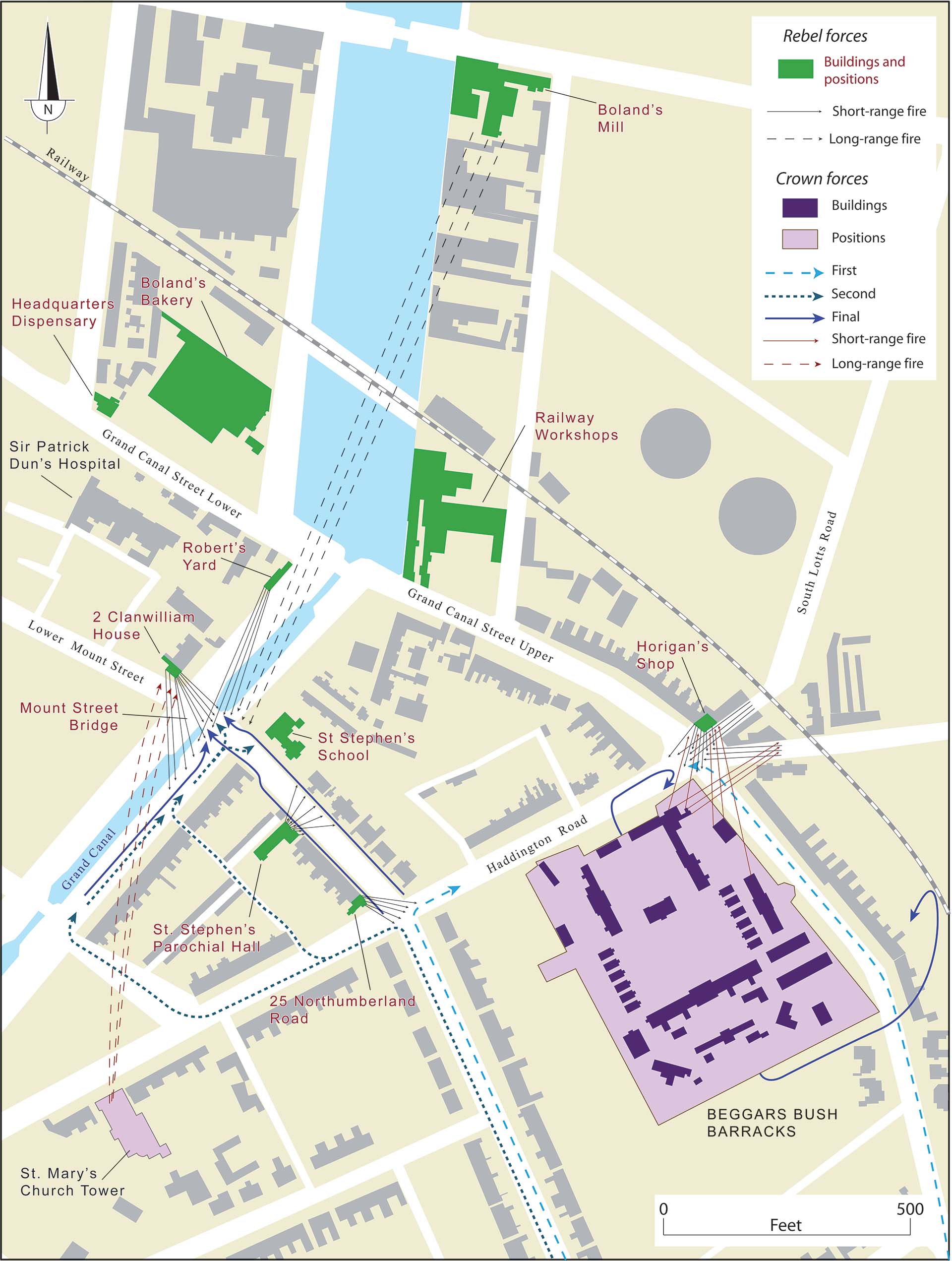- Home
- Collections
- Atlas Resources for Schools
- Cork Fatality Register
- Mapping the Irish Revolution
- Mapping IRA Companies, July 1921-July 1922
- Mapping the Burning of Cork, 11-12 December 1920
- Martial Law, December 1920
- The IRA at War
- The Railway Workers’ Munitions Strike of 1920
- The Victory of Sinn Féin: The 1920 Local Elections
- The War of Words: Propaganda and Moral Force
- The IRA Offensive against the RIC, 1920
- De Valera’s American Tour, 1919-1920
- The British Reprisal Strategy and its Impact
- Cumann na mBan and the War of Independence
- The War Escalates, November 1920
- The War of Independence in Cork and Kerry
- The Story of 1916
- A 1916 Diary
- January 9-15 1916
- January 10-16, 1916
- January 17-23, 1916
- January 24-30, 1916
- February 1-6 1916
- February 7-14, 1916
- February 15-21, 1916
- February 22-27, 1916
- February 28-March 3, 1916
- March 6-13,1916
- March 14-20, 1916
- March 21-27 1916
- April 3-9, 1916
- April 10-16, 1916
- April 17-21,1916
- May 22-28 1916
- May 29-June 4 1916
- June 12-18 1916
- June 19-25 1916
- June 26-July 2 1916
- July 3-9 1916
- July 11-16 1916
- July 17-22 1916
- July 24-30 1916
- July 31- August 7,1916
- August 7-13 1916
- August 15-21 1916
- August 22-29 1916
- August 29-September 5 1916
- September 5-11, 1916
- September 12-18, 1916
- September 19-25, 1916
- September 26-October 2, 1916
- October 3-9, 1916
- October 10-16, 1916
- October 17-23, 1916
- October 24-31, 1916
- November 1-16, 1916
- November 7-13, 1916
- November 14-20, 1916
- November 21-27-1916
- November 28-December 4, 1916
- December 5-11, 1916
- December 12-19, 1916
- December 19-25, 1916
- December 26-January 3, 1916
- Cork's Historic Newspapers
- Feature Articles
- News and Events
- UCC's Civil War Centenary Programme
- Irish Civil War National Conference 15-18 June 2022
- Irish Civil War Fatalities Project
- Research Findings
- Explore the Fatalities Map
- Civil War Fatalities in Dublin
- Civil War Fatalities in Limerick
- Civil War Fatalities in Kerry
- Civil War Fatalities in Clare
- Civil War Fatalities in Cork
- Civil War Fatalities in the Northern Ireland
- Civil War Fatalities in Sligo
- Civil War Fatalities in Donegal
- Civil War Fatalities in Wexford
- Civil War Fatalities in Mayo
- Civil War Fatalities in Tipperary
- Military Archives National Army Fatalities Roll, 1922 – 1923
- Fatalities Index
- About the Project (home)
- The Irish Revolution (Main site)
Easter Week Timeline: Wednesday 26 April 1916

On Wednesday morning, Francis Sheehy-Skeffington and two other journalists were executed by firing squad under orders from Captain J.C Bowen-Colthurst.
The illegal executions would prove one of the most controversial incidents of Easter Week 1916, leading to the army officer’s trial in which he was found guilty but insane.
From early on Wednesday morning, the artillery that the rebels had counted on not being used by the British military began to land on key strongholds. Liberty Hall was bombarded, and the arrival of the gunboat Helga up the River Liffey saw other locations occupied by the Irish Volunteers and others were also under heavy fire from shells. By the end of the day, the GPO had joined the list of artillery targets.
In the morning, members of the Sherwood Foresters newly arrived by boat at Kingstown (Dún Laoghaire today), began making their way towards the city centre.
From around midday, they were engaged by a small group from the Boland’s Mill garrison in the east of the city, who had occupied houses at the corner of Northumberland Road and Mount Street.
In one of the most celebrated actions by the rebels, but one of the worst for the British army, just 17 Volunteers delayed the military reinforcements to the city centre.
In more than seven hours, the Battle of Mount Street Bridge left four Volunteers dead: Mick Malone, George Reynolds, Patrick Doyle and Richard Murphy.
12pm
By the middle of the day, the Irish Volunteers garrison held by Seán Heuston at the Mendicity Institution had surrendered. He was found with an order from James Connolly in his possession, a document that would secure his conviction that led to his execution on 8 May 1916.
On Wednesday, April 26 in Co Tipperary, Royal Irish Constabulary (RIC) Sergeant Thomas F Rourke and Constable John Hurley were shot by Volunteer captain Michael O’Callaghan.
He was hiding out in a cousin’s house after shooting a boy in Tipperary town. Hurley died at the scene, Rourke died of wounds the next day. Both were natives of west Cork.
The third day of the Rising also saw the effects on ordinary lives taking hold, with food running low, crossfire and artillery attacks claiming civilian lives, and workplaces unaccessible.
General Sir John Maxwell was dispatched to Dublin on Wednesday night, ordered to quell the Rising. In addition, military power to try rebel prisoners by court-martial instead of in the usual court was granted on the Wednesday, paving the way for the executions that would later help swing public opinion towards those who took part in the rebellion.
The 'Battle of Mount Street Bridge': Map & Caption

During the ‘Battle of Mount Street Bridge’ a handful of Irish Volunteers held off hundreds of British soldiers for a full day in a leafy suburb of Dublin. Seventeen rebels in four posts commanded the approaches to Mount Street Bridge, the anticipated line-of-march to the city centre for British reinforcements landed at Dún Laoghaire. The three-storey townhouse at 25 Northumberland Road acted as the rebels’ forward position, and controlled the junction with Haddington Road. Inside were two determined and well-armed Volunteers, Captain Michael Malone and James Grace.
Closer to the Grand Canal at 1-5 Northumberland Road stood the St. Stephen’s Parochial Hall, occupied by four Volunteers. Seven Volunteers defended the three-storey Clanwilliam House on the far side of the canal, overlooking Mount Street Bridge. They were covered by four Volunteers in Robert’s Yard, a building contractor’s premises at the corner of Lower Grand Canal Street. Additional supporting fire would come from the upper stories of Boland’s Mill, the headquarters of Éamon de Valera’s 3rd Battalion of the Irish Volunteers.Rebel posts along Grand Canal Street at Boland’s Bakery, the Railway Workshops, and Horgan’s shop protected the northern approach.
Facing the Volunteers were roughly 1,700 British soldiers from two battalions of the 2nd Sherwood Foresters Brigade, part of the British 59th Division that arrived in Dún Laoghaire from England on Wednesday morning, 26 April.
Advancing through Ballsbridge at about noon, the troops fell under intense gunfire at the Haddington Road/Northumberland Street junction. Repeated charges were repulsed, while appeals to use an alternative bridge were rejected by the British Army headquarters.
Resistance at 25 Northumberland Street continued for hours, until the troops swarmed the house (Malone was killed and Grace escaped). Moving forward, the Sherwood Foresters came under fire from the Parochial Hall and Clanwilliam House, though they mistakenly believed the source was St. Stephen’s Schoolhouse, which had been fortified by the Volunteers but then evacuated the previous day. The Parochial House garrison inflicted additional casualties before withdrawing after its ammunition ran out. The British troops then rushed across Mount Street Bridge against Clanwilliam House, which resisted fiercely for hours. The position finally fell after the house caught fire and three of the defenders were killed.
The British Army had secured Mount Street Bridge, but only after a ten-hour fire fight that cost them significant casualties (224 wounded and killed). For the outnumbered Volunteers, it was an impressive feat of arms.
